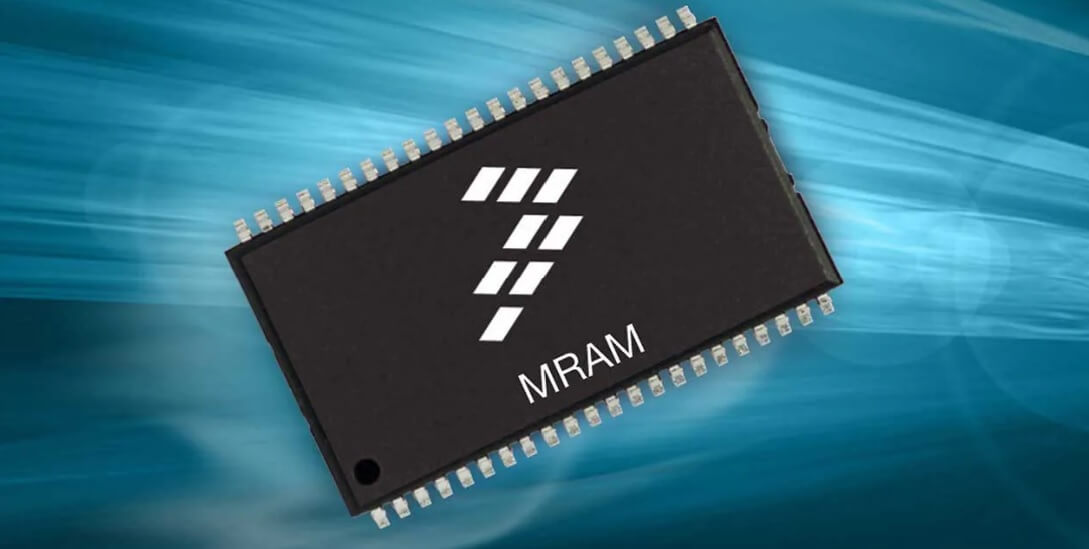The MRAM magnetic random access memory consists of a magnetic junction and a transistor, which has a spin transfer torque (STT-MRAM).
It is compatible with standard CMOS technology and, along with its other features such as transfer speed, durability and density, has gained considerable interest in the industry since Intel has said it meets the requirements to operate as an integrated L4 cache a processor or as an integrated non-volatile memory (eNVM), since unlike RAM, this type of memory retains data.
Intel has built a 2 MB array of this type of memory that meets the requirements of the L4 cache. This type of cache does not need to have a high speed but a large capacity, and generally consists of SRAM cells of six transistors.
According to the Intel demonstration, this 2 MB matrix of MRAM had a write time of 20 ns, a read time of 4 ns, a resistance of 1012 cycles and is able to hold data for a second at 110 degrees Celsius of temperature.
To meet these requirements Intel had to make some optimizations such as scaling the MRAM bit cell to be able to compare it with eNVM: the magnetic junction dropped from 70-80 nm to less than 55 nm, and this caused the electric current to be reduced by 30%, which means that consumption and heat generated were reduced.
In general, the MRAM stores the bits through the variable resistance state of its cell, achieved through the magnetic tunnel junction (MTJ) consisting of fixed and free magnetic layers, with a tunnel barrier that separates them and allows movement of the "free." The relative alignment of the fixed and free layer determines the strength of the MTJ.
For example, a parallel alignment of the orientation of the two magnets would result in a low resistance state. The magnetization of the free layer can be changed through the effect of the twist transfer torque when conducting a current through the junction, which would change the state cell (representing in one case the zeros and in another the ones of the system binary).
Will we see MRAM as L4 cache soon?
We are still not sure when we can have this wonder in our hands, but the Intel company seems quite satisfied with the results of its research and development of this technology and they seem quite determined to implement it in some way, since they have indicated that this demonstration It represents a great step forward in the development of technology.
Although Intel is not the only company that works at MRAM, since both Samsung and TSMC and GlobalFoundries are also working on this technology.

